130k reasons to stop

Heating and powering our homes and businesses generates a lot of our climate-changing pollution; our built environment is a major contributor to global warming. If our homes and buildings were carbon-free and energy efficient, we would significantly reduce our climate pollution, drastically cut energy costs for owners and renters, and improve air quality where we live and work.
For example, in both Oregon and Washington State, climate-worsening pollution from buildings are growing at a faster rate than any other source, with this increase largely attributable to the use of fossil gas in homes and buildings. Burning fossil gas in homes and buildings is not only a significant contributor to climate change, but also poses significant health risks for our communities, children, and other vulnerable populations.
Indoor air quality issues are particularly concentrated for low-income residents in smaller units with poor ventilation. Communities of color are already disproportionately impacted by outdoor air pollution, and should not continue to be disproportionately harmed by poor indoor air quality as well. Gas appliances also worsen our outdoor air quality. For example, California’s residential appliances releasing more than two times as many NOx emissions as all of their gas power plants combined, and commercial gas appliances releasing just as much NOx pollution as all of California’s cars.
States and many cities in the region and around the country are increasingly looking at ensuring all new buildings are electric as a key cost-effective pathway for achieving their local or state greenhouse emissions goals. Electrifying buildings is critical to addressing climate change, but it is also achievable, affordable, safe, and creates a more resilient energy system.
We are working with lawmakers and community partners to move rapidly toward electrifying our buildings for heating, cooling and cooking. We can also construct homes and buildings that get all their energy from sustainable sources, and even produce as much energy as they use — net zero energy buildings.
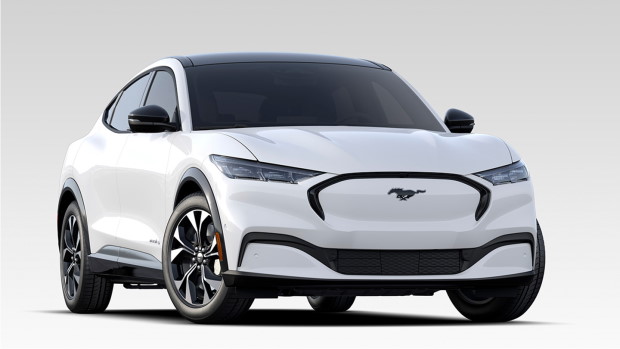
We need your help now to get these important bills across the finish line this session and get more EVs on our roads. But the work won’t stop there.
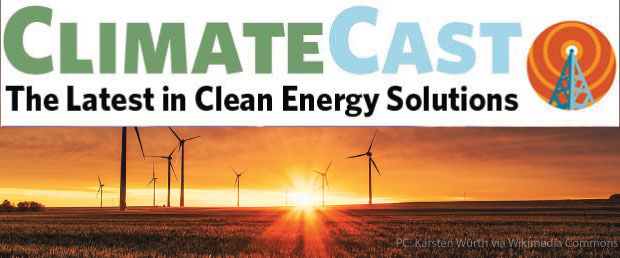
Washington State doubles down on climate action, red meat lies, and building electrification on the rise

Washington State just made history with a suite of legislative actions to address global warming pollution, the long-term need to protect communities most impacted by pollution, and our transition to a clean energy economy.

On April 20th Tacoma set a path forward for clean and safe buildings in their city.
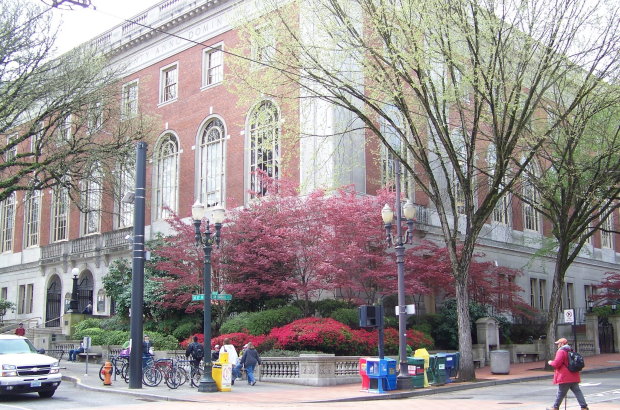
Multnomah County Board of Commissioners unanimously approved a resolution ensuring all new county-owned buildings—including libraries, courthouses, and community centers—are built to be fossil-free and utilize 100% clean and renewable energy.

We're pleased to report forward progress on two of our high-priority climate bills.
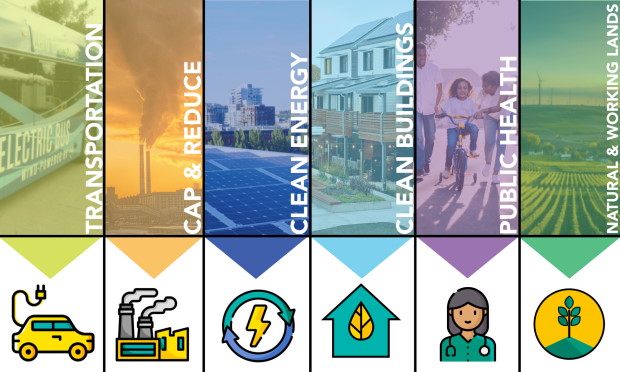
Just over a year ago, Oregon Governor Kate Brown signed Executive Order 20-04, now cal

We’ve passed the halfway mark in Washington’s Legislative session. Check out our update on Climate Solutions’ top climate priorities, and where we need to apply pressure to make sure our lawmakers demonstrate climate leadership.

Photos of an ice-coated Texas wind turbine were weaponized as supposed "evidence" that renewables were to blame for widespread power outages.
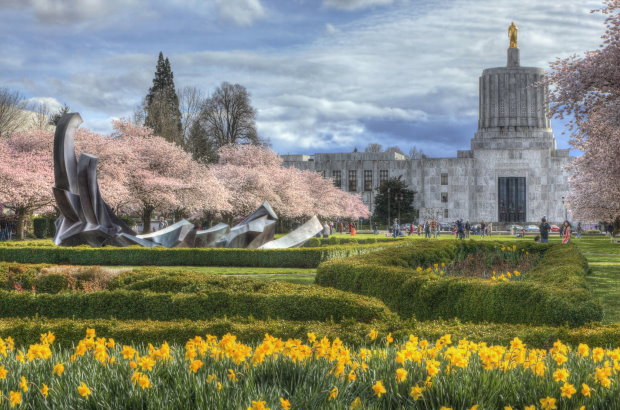
As the historic wildfires that devastated Oregon last September and the most recent ice storms make clear, climate chaos is here and harming Oregon’s communities and well-being now.
Join our email list to learn about what we do and how to get involved.
Increasingly, the Pacific Northwest sees the impacts of climate change in real time. Recently, catastrophic wildfires and wind and ice storms have placed a massive strain on our energy systems. In severe cases, customers have been left without power for days or weeks on end. Meanwhile, our policy climate is shifting decidedly toward a model of 100% clean electricity. Increasing reliance on variable resources raises questions of resource adequacy and reliability. How can we reliably heat and cool everyone’s homes, while keeping service affordable for all?
We’re used to thinking of transportation as the big source of greenhouse gas emissions.